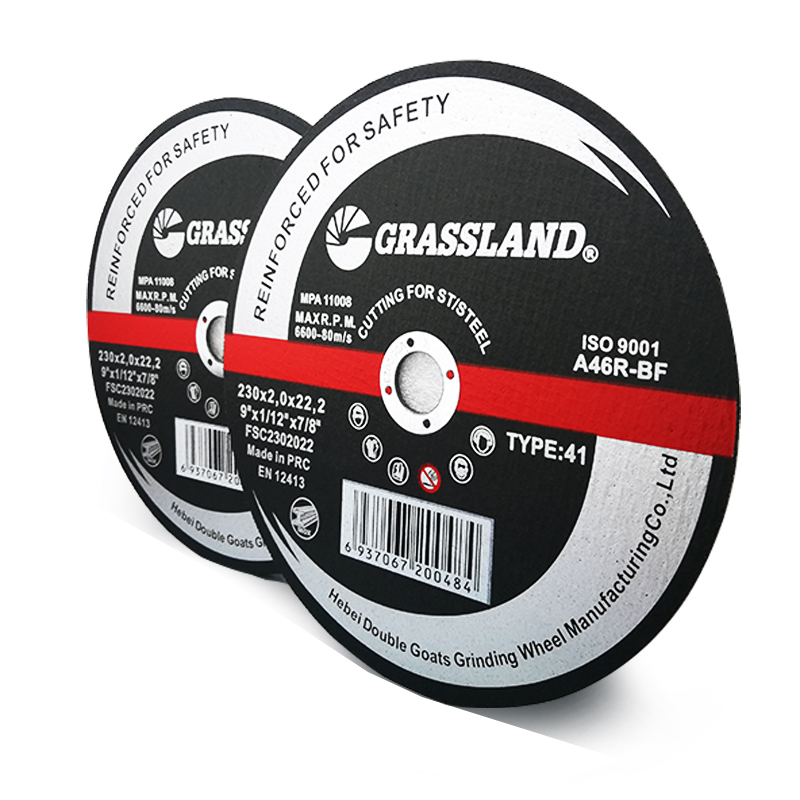Understanding the Grinding Wheel Hub Its Importance and Functionality
In the realm of manufacturing, precision and efficiency are of the utmost importance. One of the essential components that contribute to both is the grinding wheel hub. This critical element plays a pivotal role in the operation of grinding machinery, impacting everything from performance to safety. This article aims to delve into the significance of the grinding wheel hub, its design, functionality, and its role in various industrial processes.
What is a Grinding Wheel Hub?
A grinding wheel hub is a structural component that holds the grinding wheel in place during operation. Typically made of materials such as steel or aluminum, the hub provides the necessary strength and durability to withstand the high-speed demands of grinding processes. The grinding wheel itself is usually composed of abrasive materials and is designed to remove material from a workpiece through a process known as abrasive machining.
Design and Construction
The design of a grinding wheel hub is crucial for optimal performance. The hub must ensure a rigid hold while allowing for minimal vibration. A poorly designed hub can lead to instability, which can cause uneven wear on the grinding wheel and potentially hazardous situations. The hub must also consider the weight of the grinding wheel, balancing the need for strength with the necessity of a lightweight design to enhance speed and efficiency.
To achieve the optimal design, engineers utilize computer-aided design (CAD) tools to simulate the behavior of various hub configurations under different operating conditions. Additionally, the hub's surface must be treated to promote better adhesion between the hub and the grinding wheel. This can be achieved through various methods, including surface roughening or coating.
Functionality
grinding wheel hub

The primary function of the grinding wheel hub is to secure the grinding wheel onto a spindle, ensuring that it rotates uniformly. When the grinding wheel spins at high speeds, any misalignment or looseness can lead to excessive vibration, which can compromise the quality of the machining process. A well-designed hub prevents such issues by providing a tight grip and facilitating accurate rotational alignment.
Moreover, the hub must effectively dissipate heat generated during the grinding process. Excessive heat can affect the performance of both the grinding wheel and the workpiece, potentially leading to thermal expansion and changes in material properties. Various materials and designs are employed to improve heat dissipation, thereby enhancing the longevity of both the hub and the grinding wheel.
Safety Considerations
Safety is a paramount concern in any industrial setting, and the grinding wheel hub is no exception. A failure in the hub can lead to catastrophic incidents, such as the grinding wheel shattering while in operation. Such incidents not only pose a risk to operators but can also result in significant material loss and equipment damage. Therefore, regular inspection and maintenance of the hub are necessary to ensure its integrity and performance.
In practice, operators are trained to identify signs of wear and damage in the grinding wheel hub. These can include cracks, excessive corrosion, and other forms of degradation. To mitigate risks, many facilities implement rigorous maintenance schedules that require checking the hub and associated components regularly.
Conclusion
The grinding wheel hub is an essential component in grinding operations, contributing significantly to the effectiveness and safety of machining processes. Its design and functionality are critical for maintaining the precision, efficiency, and safety of industrial applications. As technology advances, the materials and techniques used in manufacturing grinding wheel hubs will continue to evolve, potentially leading to even greater levels of performance and safety. As manufacturers push for higher standards, understanding and improving components like the grinding wheel hub will remain at the forefront of industrial innovation.
Post time:Dec - 13 - 2024

















